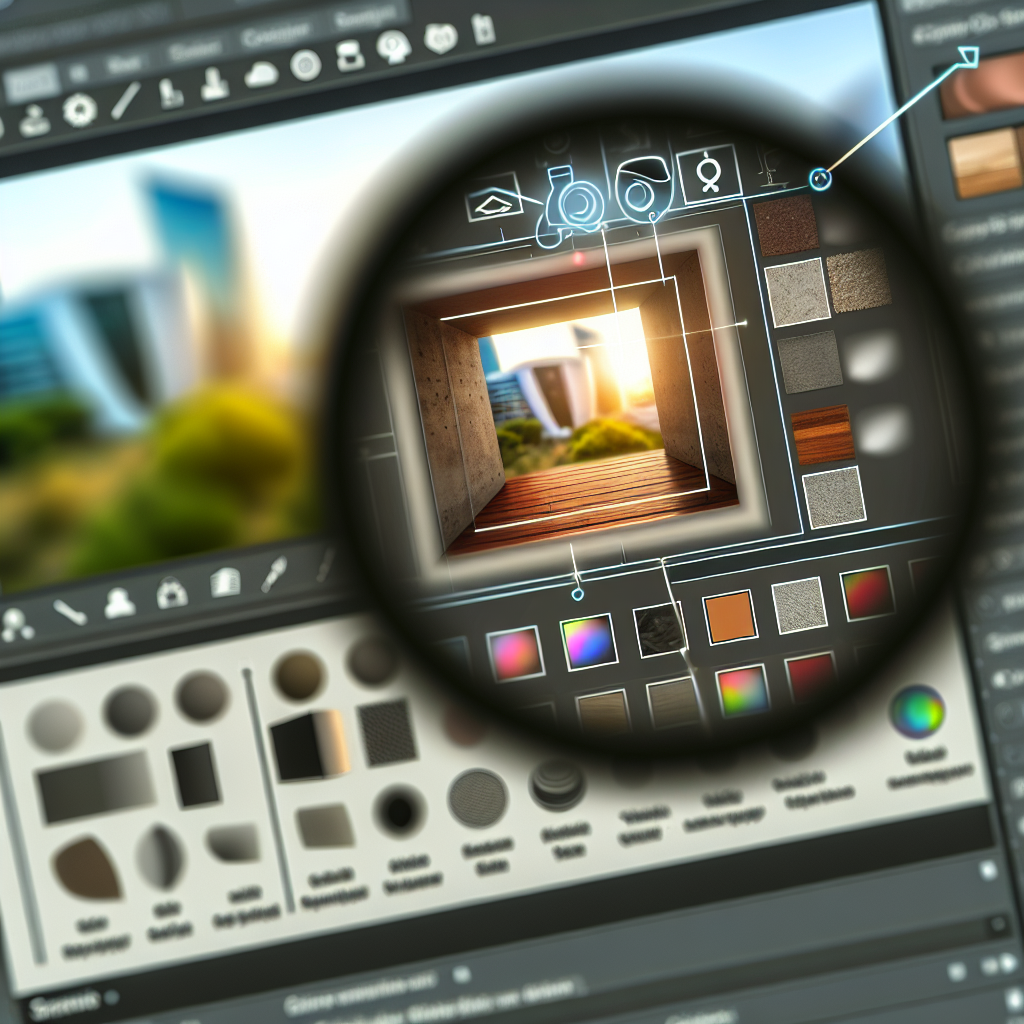Creating new materials in Revit Architecture is a crucial skill for achieving realistic and visually appealing models. In this article, part 2 of the “Best Tricks and Tips” series explores advanced methods to design, customize, and optimize materials efficiently. Whether you’re a beginner or experienced user, these tips will elevate your workflow and improve the quality of your projects.
Understanding the Material Editor and Creating Custom Materials
Mastering the Material Editor is fundamental to creating new, realistic materials in Revit. The process begins with accessing the Material Browser where you can duplicate existing materials or start from scratch. To craft a custom material with specific properties:
- Duplicate an Existing Material: Right-click on a similar material and select “Duplicate”.
- Adjust Visual Appearance: Use the “Appearance” tab to modify textures, colors, transparency, and reflectivity.
- Set Physical Properties: In the “Physics” section, define parameters like thermal conductivity, density, or surface texture for realistic behavior in simulations.
Advanced users often utilize image textures and maps—such as bump, gloss, and normal maps—to add depth and realism. Properly managing texture resolution and scale ensures materials look accurate across different views and renderings.
Applying and Managing Materials for Efficiency
Once you have designed custom materials, the next step involves applying them efficiently within your project. Tips to optimize this process include:
- Use Material Tags and Filters: Organize your materials by tagging and filtering, making it easier to locate and assign relevant materials to elements.
- Create Material Libraries: Save frequently used custom materials into a dedicated library file. This central repository allows for quick access across multiple projects, ensuring consistency and saving time.
- Utilize Material Overrides: For presentation views, override default appearance settings without affecting the overall project, enabling quick visual adjustments for client presentations.
- Parameter Management: Use shared parameters to link material properties with other project data, facilitating easier updates and better coordination.
Applying materials thoughtfully enhances both the aesthetic appeal and performance of your Revit models, especially when linked with rendering workflows or energy analysis tools.
Creating new materials in Revit Architecture, when approached systematically, can significantly improve your project realism and efficiency. By understanding the Material Editor’s capabilities and applying materials strategically, you can produce stunning visualizations and detailed models. Keep experimenting with textures, properties, and management techniques to stay ahead in your architectural design workflow. Happy modeling!
